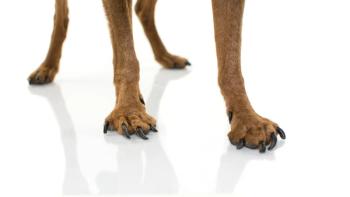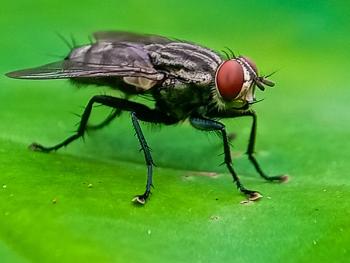
Hot Literature: A potential new treatment for ivermectin toxicosis, and more
Is intravenous lipid emulsion a new potential cure for serveral drug toxicoses?
Intravenous lipid emulsion (ILE) has been widely used in human and veterinary medicine as a part of parenteral nutrition formulations. ILE has also been reported as an antidote for local anesthetic and other lipophilic drug toxicoses in human and veterinary patients. Several lipid emulsions are commercially available for intravenous use in people.
A review of the human and veterinary literature on the use of ILE for treating toxicoses related to fat-soluble agents was published in August 2011 in the Journal of Veterinary Emergency and Critical Care.
Selected lipophilic drugs whose side effects may be reversed by ILE
HOW IT WORKS
The reviewers note that how ILE works in cases of lipophilic drug toxicoses is not fully understood. The current "lipid sink" theory suggests that the toxic compound is sequestered in the bloodstream after ILE administration, reducing the toxic effect. It may also be linked to improvements in cardiac function.
Reports of adverse effects associated with ILE administration are rare. However, microbial or particulate matter contamination of the product can occur or a patient may have a direct reaction to the emulsion.
USE WITH CAUTION
The authors caution that safety studies for the use of ILE in clinically poisoned veterinary patients have not been done, and patient monitoring and risk assessment are paramount. Furthermore, all well-established traditional therapies should be attempted over ILE administration. More research in human and veterinary patients should be done to identify a truly safe and effective dose for ILE therapy.
TAKE-HOME MESSAGE
When facing a patient with cardiac collapse secondary to a lipophilic drug toxicosis or a patient with marked clinical signs of such a toxicosis for which traditional therapy has failed, consider administering ILE once tissue perfusion and oxygenation is maximized.
Fernandez AL, Lee JA, Rahilly L, et al. The use of intravenous lipid emulsion as an antidote in veterinary toxicology. J Vet Emerg Crit Care 2011; 21(4):309-320.
Link to full text:
Newsletter
From exam room tips to practice management insights, get trusted veterinary news delivered straight to your inbox—subscribe to dvm360.




